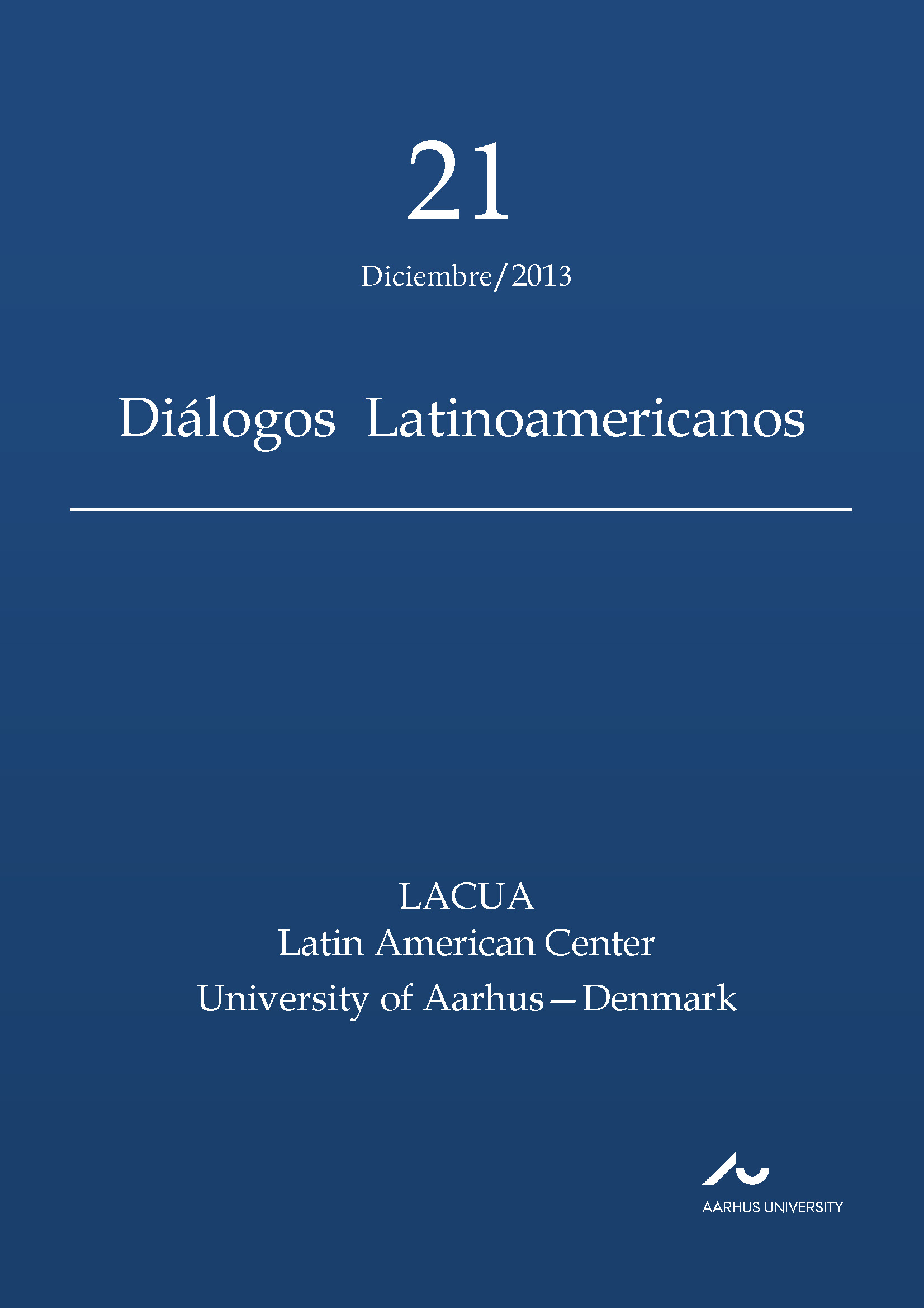Definiendo “lo mexicano”. Una clave
persistencias del modelo urbano colonial en los “pueblos mágicos”
DOI:
https://doi.org/10.7146/dl.v14i21.113253Keywords:
Villages Magic, collective imaginary, place, emblem, magical reality and manufacturing scenariosAbstract
The Villages Magic Program started in Mexico with the twenty-first century. The set
of urban cores in which it spreads, has had intensive growth and in 2012 had
implemented in 83 villages from the perspective of local development in the global
context. It is based on a novel approach to propose the revaluation of the nation's
collective imaginary supposed location in the periphery of regional urban systems.We
emphasize the character of these places while its uniqueness is the magic of the
Mexican retained. In cases of Alamos and El Fuerte, the program has influenced the
valuation of the cultural patrimony of the villages incorporated, but there is evidence
that it operates with the appropriate tools as seen since entering the streets of
traditional village. In both the place was built with the matrix colonial village-square.
References
Barcelona.
―. (2001) Ficciones de fin de siglo. Gedisa: Barcelona.
Aviña, J. (2012) Entrevista con Eloy Méndez en 10 de julio de 2012. El Fuerte,
Sinaloa [Grabación en posesión del autor].
Borah, W. (1974) “La influencia cultural europea en la creación de los centros
urbanos hispanoamericanos”, en Ensayos sobre el desarrollo urbano de
México, de varios autores, SepSetentas, México D.F., 75-93.
Chanfón, C. (s/d). Recopilación de leyes de los reinos de Indias (1680),
reproducción facsimilar de los Títulos VII y VIII: México, D. F.
Cohen, Erik. (2005). 'Principales tendencias en el turismo contemporáneo', pp.
11-24, en Política y Sociedad, Vol. 42, núm. 1.
Cohen, Erik. (2004). Contemporary Tourism. Diversity and Change,
Kidlington, Oxon, Pergamon.
Fagiolo, M. (1975) “La fondazione delle città latino-americane. Gli archetipi
della Giustizia e dela Fede”. America Latina: la citta coloniali, n. 5, año II,
octubre-diciembre, pp. 34-58.
Gadamer, H. (1997) Mito y razón, Paidós: Barcelona.
Gómez, E. (2013) Entrevista con Sylvia Rodríguez en 26 de febrero de 2013. El
Fuerte, Sinaloa [Grabación en posesión del autor].
Jacobo, R.M. (2013) Entrevista con Sylvia Rodríguez en 26 de febrero de 2013.
El Fuerte, Sinaloa [Grabación en posesión del autor].
Lizárraga, E. (2013) Entrevista con Sylvia Rodríguez en 27 de febrero de 2013.
El Fuerte, Sinaloa [Grabación en posesión del autor].
Luhmann, N. (2006) Sociología del Riesgo, Universidad Iberoamericana:
México.
Méndez, E. (1988) Urbanismo y morfología de las ciudades novohispanas: el
diseño de Puebla, México, D.F.: Universidad Nacional Autónoma de
México-Universidad Autónoma de Puebla.
Samaniego, F. (2012) Entrevista con Eloy Méndez en 8 de mayo de 2012.
Álamos, Sonora [Grabación en posesión del autor].
Secretaría de Turismo (2012). Reglas de Operación del Programa Pueblos
Mágicos [Documento WWW]. URL
http://www.sectur.gob.mx/work/models/sectur/Resource/99fbd793-a344-
4b98-9633-78607f33cb8f/Reglas_de_operacion.pdf [fecha de consulta 14 de
Marzo de 2013].
Vargas, M. (2007a), Cien años de soledad. Realidad total, novela total.
Alfaguara: España.
―. (2007b [1975]) La orgía perpetua. Flaubert y Madame Bovary. Alfaguara:
México D.F.
Downloads
Published
How to Cite
Issue
Section
License
Counting from volume 31 (2022), articles published in Diálogos Latinoamericanos are licensed under CC-BY 4.0. Read more about the license terms here https://creativecommons.org/licenses/by/4.0/.
No Creative Commons license applied on volumes 1-30. All rights reserved by the authors. Readers may download, read, and link to the articles, but they cannot republish the articles.
With the publication of volume 31 (2022), authors retain the full copyright to their articles and give Diálogos Latinoamericanos the right to the first publication. Authors also retain copyright to earlier versions of manuscripts, such as the submitted (pre-print) and the accepted manuscript (post-print).
Copyright to articles published in volumes 1-30 is held by the authors.





